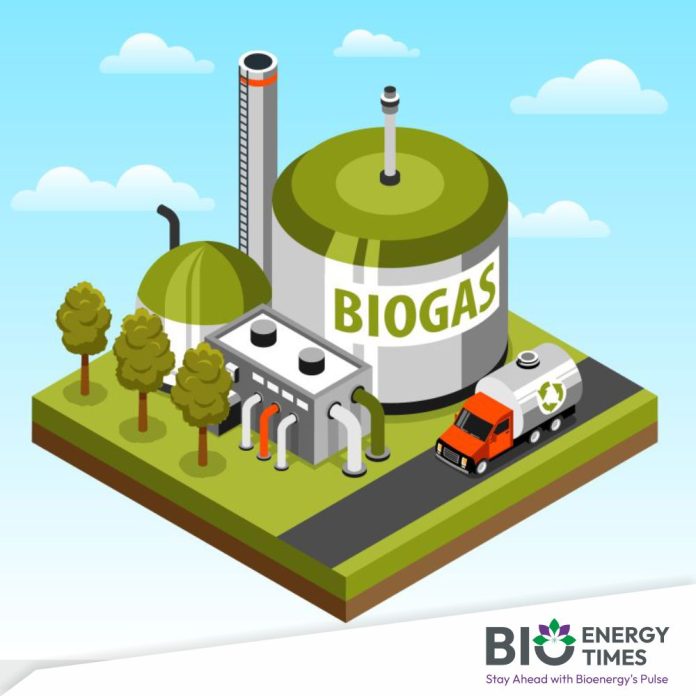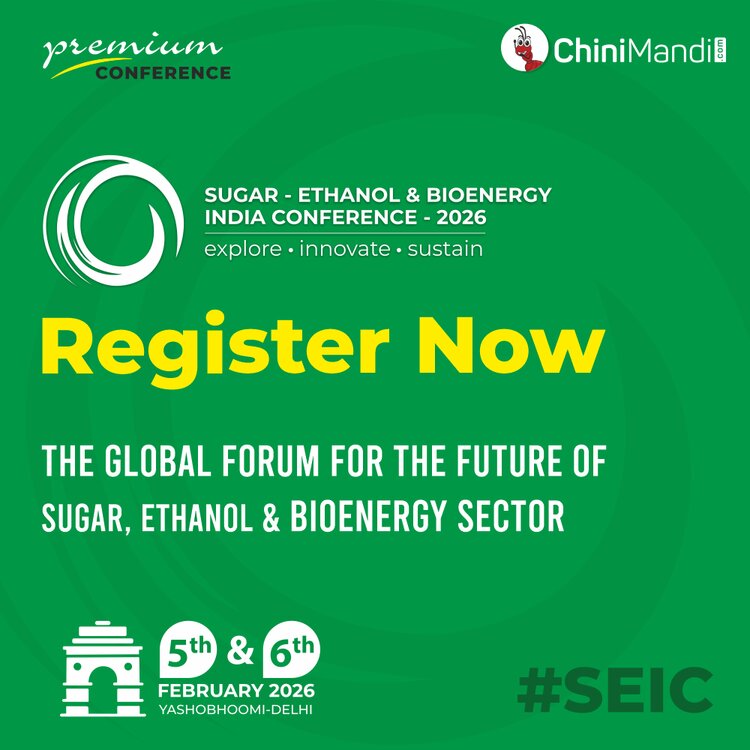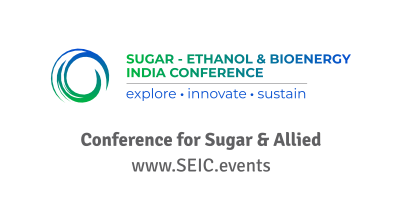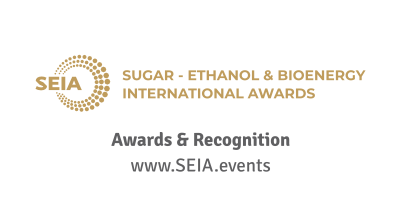As Europe’s second-largest gas transmission operator, NaTran is upgrading its infrastructure to allow the integration of renewable gases into the French energy grid, reports Bioenergy Insight.
NaTran’s Clemessy experts recently completed a design-build project to install and commission a biomethane injection station at Fontaine-le-Dun. This station connects TotalEnergies’ new biomethane production facility, BioNorrois, to the gas transmission network.
TotalEnergies Green Gases and LNG constructed the Fontaine-le-Dun anaerobic digestion (AD) plant, which processes beet pulp from the Cristal Union agro-industrial cooperative. By mixing 50% of the pulp with other organic materials, such as slurry and agricultural waste, the plant produces biomethane.
According to NaTran, BioNorrois is expected to generate 150 GWh PCS of biomethane per year, supplying energy to approximately 30,000 residents.
“Our experts designed and installed the containerised injection station near the site, as they have done for around 50 similar sites in France,” said a NaTran spokesperson. “This setup allows the gas to be analysed, metered, filtered, and odorised before being injected into the transmission network. The earthworks and paving at the BioNorrois site and the injection station were carried out by Eiffage Route.”
As the link between biogas producers like TotalEnergies and the national transmission network, NaTran builds biomethane injection and backflow stations.
“These stations regulate gas reinjection from distribution zones, mainly from the GRDF network, back into NaTran’s transmission system. They also house gas analysers and meters developed by our teams and require electrical, automation, and instrumentation expertise similar to what we use in injection stations,” said Pierre Michelet, gas industry sales manager.
The gas industry aims to utilise various biomass sources to produce biogas, including energy crops (CIVE) that enrich soil between food crop cycles, as well as organic waste from urban composters and the agri-food sector.
The contribution of Clemessy teams to renewable gas development aligns with Eiffage Group’s low-carbon goals.
“Biomethane production supports energy transition and climate objectives. It also strengthens Europe’s energy independence, reducing reliance on foreign gas supplies, including Russia. Furthermore, it boosts the circular economy by creating local jobs, repurposing available resources, and producing digestate, a natural fertiliser used in agriculture,” Michelet added.
For detailed information and further insights, please refer to BioEnergyTimes.com, which provides the latest news about the Biogas Industry
















